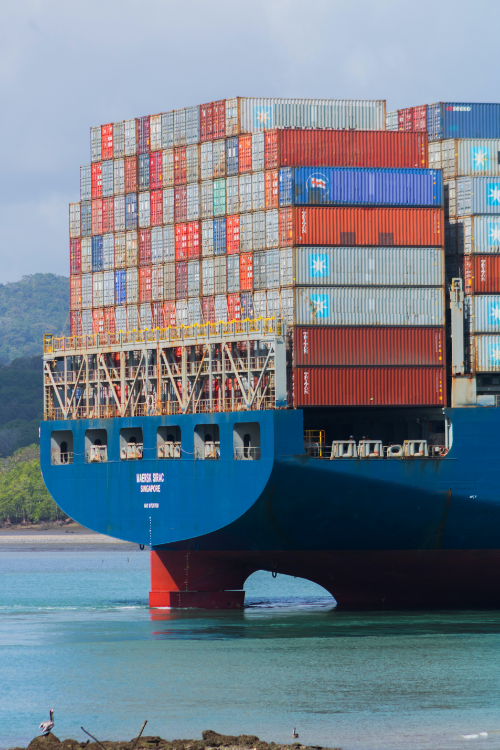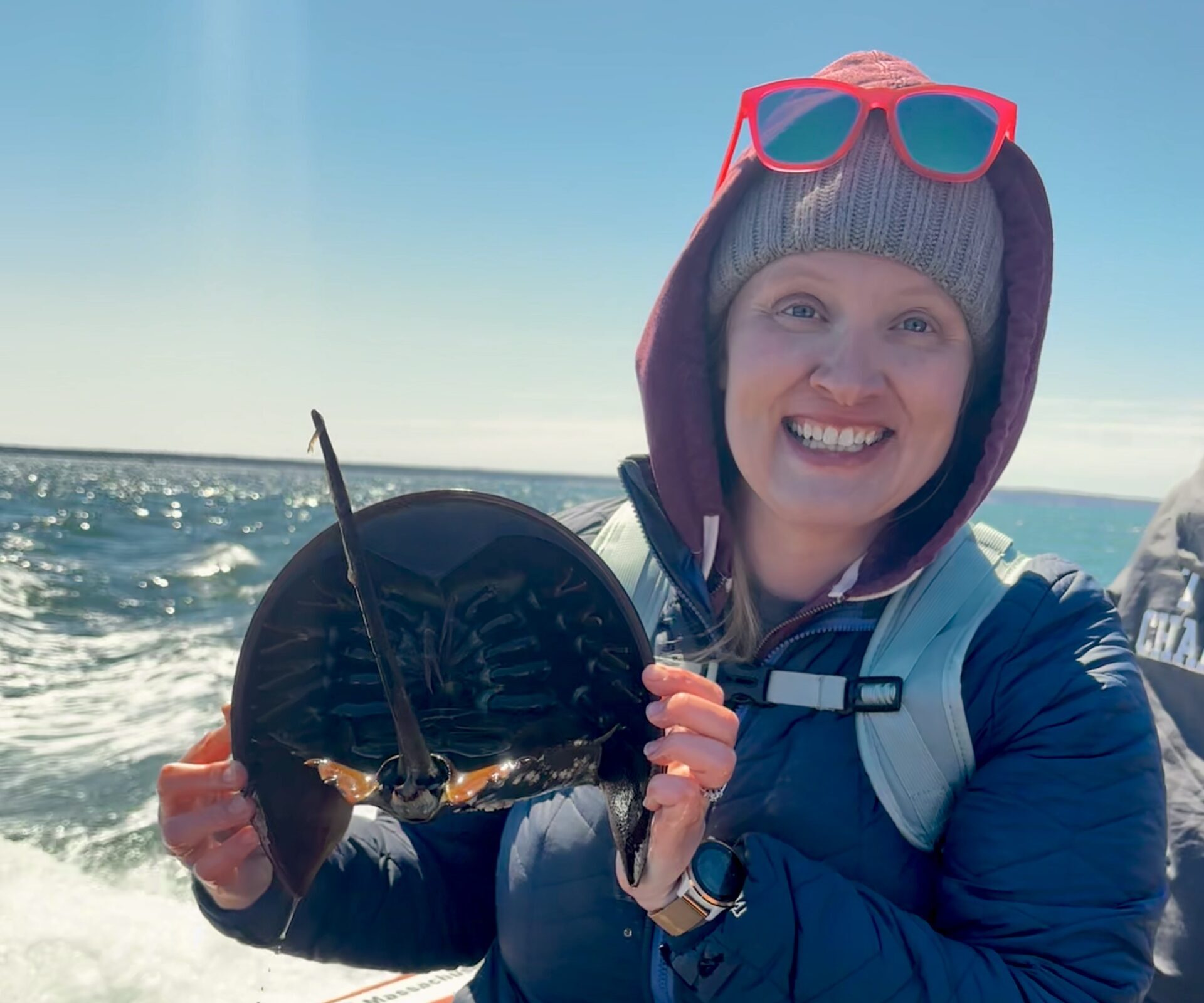
How-to Guide
What are Wayfinder Society Toolkits?
Our toolkits provide educators with out-of-the-box activities that help students explore environmental issues. Except for easily found materials, they include everything you need to deploy the activity in your classroom. Kits are free for public school educators. They are designed to help educators who want access to tangible teaching materials based on real-world samples, data, and issues. Some of our toolkits are designed together with our partners who are doing environmental, social, and policy research and advocacy on the ground.
Why we’ve created these resources:
When it comes to environmental education, educators are looking for help with:
- Finding grade appropriate lessons that are also hands-on and relevant to students everyday lives,
- Staying up to date with the science and statistics,
- Finding vetted resources, and
- Bringing the outside world into the classroom.
How to navigate a toolkit:
1. Overview. At the top of each toolkit webpage, you’ll find an overview of the toolkit including: appropriate grade levels – on an academic and emotional level, approximate time needed, and images of the toolkit and students using it. You’ll also find a link to request a kit. Fill out the Google Form and we’ll respond with an email confirmation or an invoice to cover the kit and shipping costs. Public school educators will have have the cost of the kit waived. If your school has specific procurement systems, please email us with your specific needs.
2. Toolkit Details. Below the overview, we’ve laid out the contents of the kit, suggested implementation options, any extra materials you’ll need to supply yourself, and links to editable downloads we’ve provided to go with the toolkit.
2. Purpose and Context. This is for your information to provide background information about the toolkit, why we think it is an important lesson, and how it fits into the bigger picture of environmental education. Where appropriate, we’ve also provided this information in an editable Google Doc to make it easier to share with your students.
3. Instructions. For each toolkit we’ve provided instructions for educators on how to prepare for the activity, and how to guide your students through the activities. Since every classroom’s needs are different, we’ve kept this section minimal to encourage educators to use the toolkit content in a way that fits their teaching style and student learning needs. We’ve designed the student worksheets, background information handouts, and supplementary materials in Google Docs so that educators can edit them to fit into their curriculum. The handouts can be shared with students by uploading them to an online Learning Management Systems (LMS) or they can be printed.
4. Tips and Suggestions. In this section, we’ve outlined some information to keep in mind, or to help you or your students through the toolkit. If after doing the lesson with your class, you have any tips or suggestions that we should add, please comment in the forum lower on the webpage! We want to keep improving our resources so that they work better for educators!
5. Associated Standards. Here we’ve listed the Next Generation Science Standards, and/or Advanced Placement Environmental Science standards that each toolkit is associated with. Some toolkits are more closely aligned to the standards than others, so we’ve won’t include this section if we haven’t deemed it appropriate.
Related Content
Each Wayfinder Society lesson and toolkit is part of a larger story. They can be built off one another or used together to help students dig deeper. The lessons and toolkits can also be combined with community projects and video content in our Student Hub (launching August 2023) to turn learning into meaningful action.
Ready-to-Use Lessons with Editable Handouts
Our standards-aligned lesson plans incorporate real-world scientific research and data. They were written together with experts in the field and educators in our network. Our hands-on lessons include easily editable handouts, keys, and student worksheets to fit any classroom.
Hands-On Science Toolkits with Materials Included
Our reusable, zero-waste toolkits provide educators with out-of-the-box real-world science and social science labs that help students explore environmental issues. They include all but the most easily found materials.
Immersive Educational Videos
Our educational videos help bring environmental issues to life. Filmed during our organization's 10 ocean expeditions, they provide a close up view of the ocean plastic pollution problem. Bring your students on a virtual experience, and use our journaling and discussion questions to dive in deeper.
Standards-Alignment Guides
Our guides explain how our resources fit into Next Generation Science Standards and the Advanced Placement Environmental Science (APES) course outline. Our How-to Guides give helpful tips and ideas for getting started.
Student Hub with Community Action Projects
Task students with turning their knowledge to action with over 30 project ideas. Students can submit their projects for hourly credits to use on college applications, resumes, and community service requirements.
Student Project Financial Support
Our Student Mini-Grants are awarded once a year to support students who need funding for community projects or pursuing their education goals related to taking action on plastic pollution and related issues.
Funding For Educators
We know teaching effective environmental education often requires extra materials and funding. Get support through our unrestricted Educator Mini-Grants awarded every other month.
Educator Development
In addition to our teaching resources, we're committed to building up our educator community through virtual events with guest speakers from our movement.
Uplifting Everyday Leaders in Environmental Education
Our Educator Spotlight articles highlight the incredible work being done by environmentally-minded teachers around the world. Get inspired with ideas to incorporate in your own classroom.





